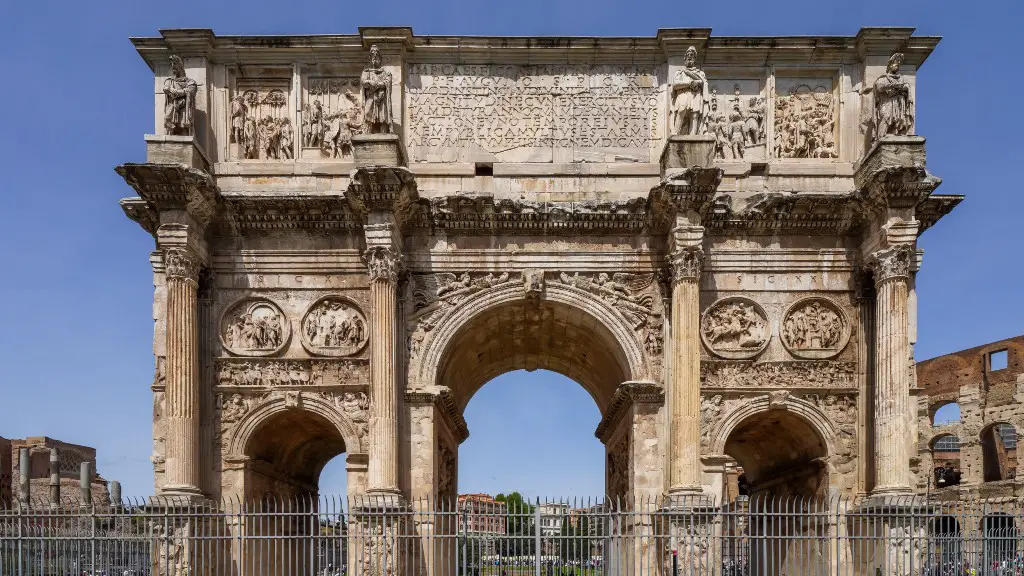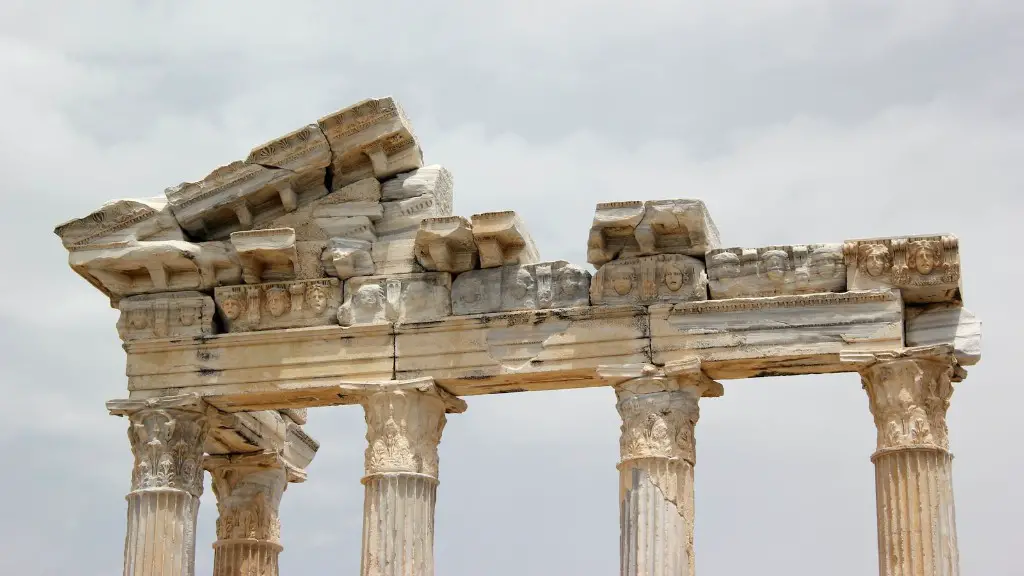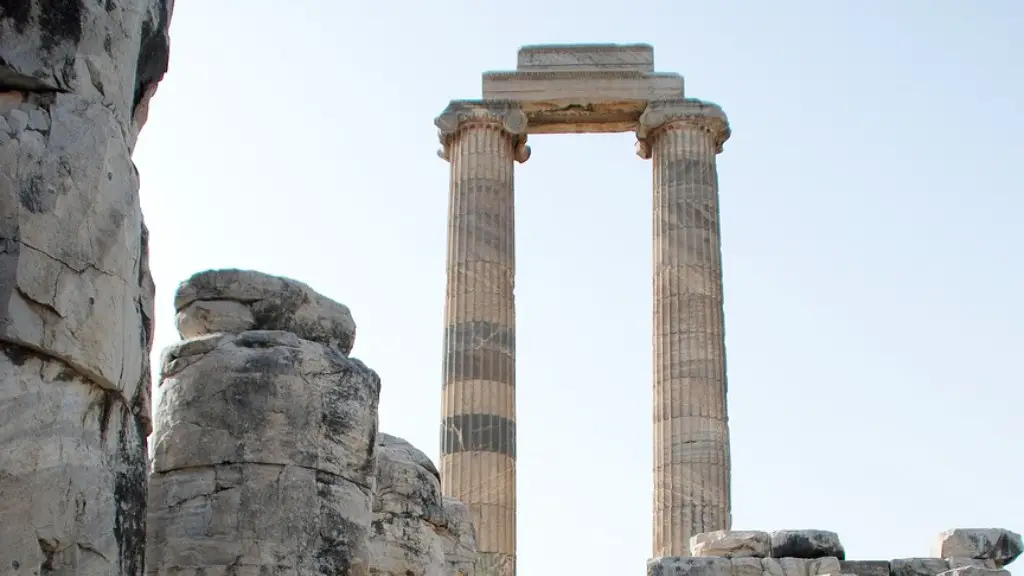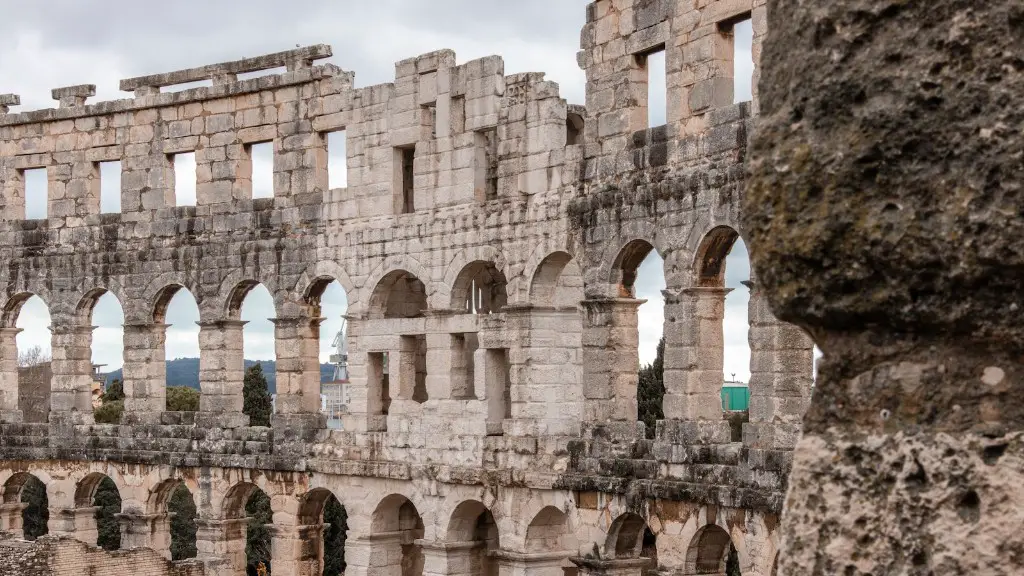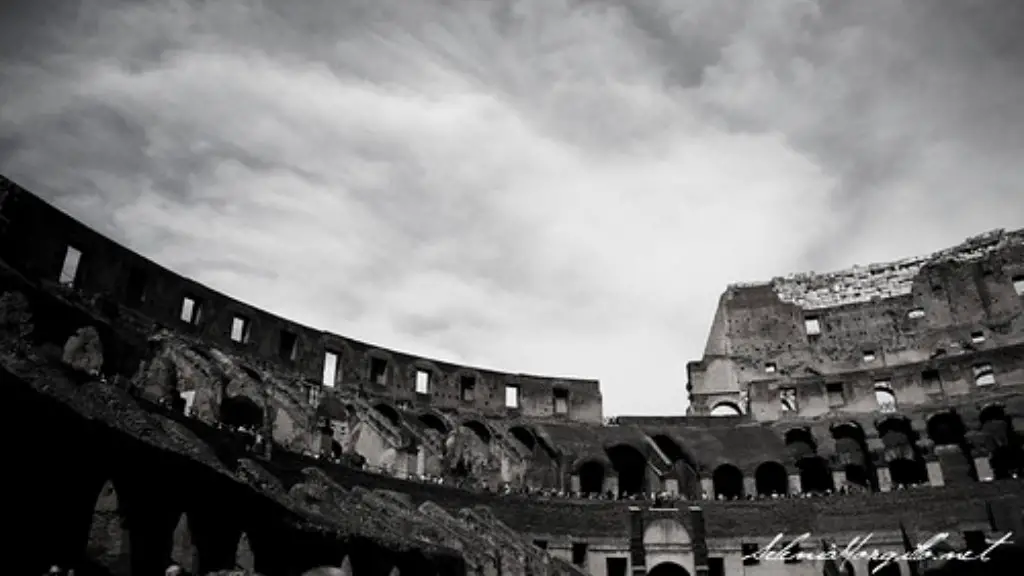Ancient Rome
Ancient Rome was one of the most influential civilizations of all time. Its impact has lasted for thousands of years. Its art, culture, laws, and engineering have shaped the modern world.
Rome began as a small village founded by the Etruscan tribes in the 8th century BC. Over time, it grew into a rich and powerful city-state. At its height, it stretched from Spain to Syria. Several emperors ruled Rome and its vast empire until it was officially disbanded in 476 AD.
Although much of the Roman Empire has been lost over time, its legacy remains visible today. Its Roman law has been adopted by many countries, including most of Europe and the United States. Its engineering practices, such as aqueducts and roads, are still used. Its art and architecture are some of the most recognizable in the world.
According to experts, the influence of Ancient Rome is still evident in modern globalization and global politics. Its strong military and its Republic system of governance provided a template for future governments. Its language, Latin, has furnished the linguistic backbone for many modern languages.
Many of Rome’s original buildings, temples, and monuments still remain. The Colosseum, the Pantheon, the Forum Romanum, and the Circus Maximus are all beautiful tourist attractions. Archaeologists continue to uncover many secrets of Ancient Rome, such as lost artifacts and ancient cities.
It is believed that the moral and ethical standards that Ancient Rome promoted are still relevant today. Its sense of justice, kindness, and civility are still alive. Its emphasis on education, art, and science has impacted modern societies.
While most of Rome’s political influence has been lost, it still serves as a reminder of the power of the human spirit. Sir Thomas More wrote in the 16th century that “esteem of the greatness of Rome was then a true and solid ground of human felicity”.
Roman Religion
Ancient Roman religion is an often overlooked yet highly influential factor that defined Roman culture. It was a complex mix of traditional gods and goddesses, superstitions and rituals, and Roman traditions. The religion also had an impact on politics and the government.
The ancient Romans believed in numerous gods and goddesses, each one associated with a different aspect of life. The most important gods were Jupiter, the king of the gods, his daughter Minerva, and Mars, the god of war. Other gods included Neptune, the god of the sea; Apollo, the god of music and healing; and Ceres, the goddess of agriculture.
The ancient Romans practiced the ritual of sacrifice, where offerings were made to the gods to ask for their protection. Animals and crops were offered, or sometimes private possessions were given as gifts.
Roman religion was also highly political. The Roman Senate was in charge of electing and appointing religious leaders, while the Emperor was thought to be the ultimate intermediary between the gods and the people.
The impact of Roman religion still lingers today. Many of the gods and goddesses are still worshipped around the world, while the practice of sacrifice is preserved in some religious rituals. The political power that the Roman religion once wielded is still visible in parts of Europe and the United States.
Roman Empire
One of the most lasting legacies of Ancient Rome is its vast empire. At its height, it spanned from the Mediterranean to beyond the Euphrates River. It was one of the first global empires, and its borders have shaped many of the world’s nations today.
The Roman Empire was founded in 27 BC with the establishment of the Roman Republic. Under the Emperor Augustus, Rome grew quickly in size and influence. By the 2nd century AD, it had conquered vast territories and formed military alliances with other powers.
The Roman Empire had a complex government, with many levels of bureaucracy and over a hundred provinces. The provinces were divided into four major divisions, governed by a Prefect and a Proconsul. Roman law was highly esteemed and the Latin language was used in administration and military communication.
The Roman Empire was successful in many ways. It brought unity to the Mediterranean, while its monuments and art speak of its prosperity. Its coins, characters and language are still used today.
The decline of the Roman Empire began in the 3rd century with the rise of the Persians and Germans. In 476 AD, Emperor Romulus Augustus was overthrown by the Germanic leader Odoacer, and the Roman Empire was no more.
Roman Architecture
Ancient Roman architecture has left a lasting impression on the modern world. Its soaring domes, intricate mosaics and enormous arches can still be seen in many cities today. The Romans’ sense of engineering and symmetry has had a profound influence on architecture and design.
Roman architect Vitruvius is credited with developing a set of principles for building construction. He wrote that an architect must have knowledge of “air, water, history, mathematics and everything connected with the profession”.
Roman buildings and public spaces had distinct styles. Colosseum, for example, was circular in shape. The Pantheon was semicircular with a large dome on top. The Forum Romanum was an open public space at the heart of the city.
Roman engineering was of a very high standard. Aqueducts were constructed to bring water to the cities. Roads such as the famous Via Appia were built straight and level to allow for speedy travel. But Roman engineering and construction was not limited to infrastructure – their creations had a pronounced aesthetic element as well.
From the Colosseum to the Pantheon, Roman architecture will continue to inspire awe and admiration for centuries to come. Its elegant simplicity and precise symmetry can still be seen in modern constructions around the world.
Roman Art
Ancient Roman art is a cornerstone of Western culture and is highly influential to this day. The art of the Roman Empire ranged from sculpture to jewelry and mosaics, and was typically a mix of different styles from the Greek and Etruscan cultures.
The Roman Empire was highly productive in terms of art. Sculptures such as the famous sculptures of Apollo and Daphne, and the Belvedere Torso, are some of the most famous works of Roman art. Jewelry was also highly valued, and was often made using rare materials such as gold and gems.
Mosaics were a popular form of art during the Roman Empire. They typically depicted scenes from daily life, such as battles, battles between gods and mortals, or scenes of nature. The intricate detail that went into creating these artworks was extraordinary.
Roman art has had a lasting impact on the world. Its sculptures, mosaics, and jewelry are still admired today. Moreover, its impact on modern art and culture is undeniable, as it has inspired many contemporary artists.
Roman Language
The language of Ancient Rome has had a major influence on the modern world. Latin, the language of the Roman Empire, was the language of diplomacy, law, and literature for centuries. It has served as the foundation for many European languages, including Spanish, French, Italian, and Portuguese.
Latin began as an informal language but gradually evolved into the language of the elite. Its grammar rules were highly structured and its vocabulary was full of references to law, trade, and military. During the Roman Empire, Latin was the only official language spoken in the court, in politics, and in the military.
After the fall of the Roman Empire, the Latin language continued to spread throughout Europe. It became the language of the church and of the educated. By the 21st century, it was the official language in many countries and had evolved into several different dialects.
Latin has had a profound influence on the development of modern European languages. Its words, syntax, and grammar are still used in many languages today. It is evidence of the lasting power of the Roman Empire.
